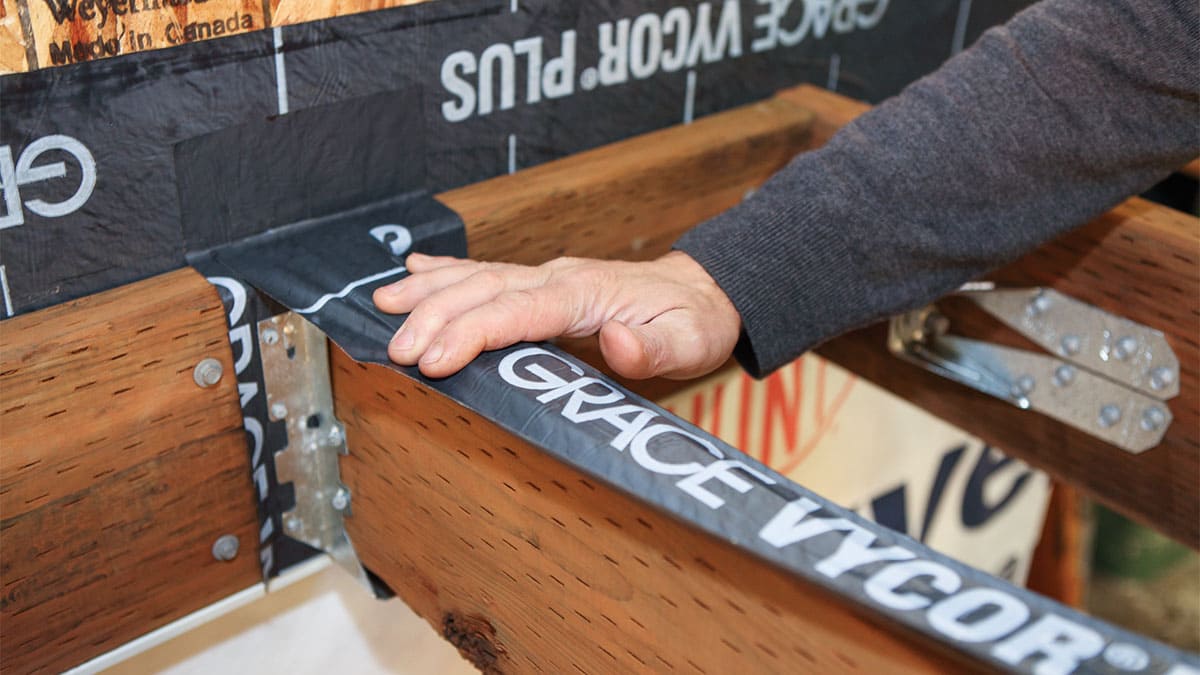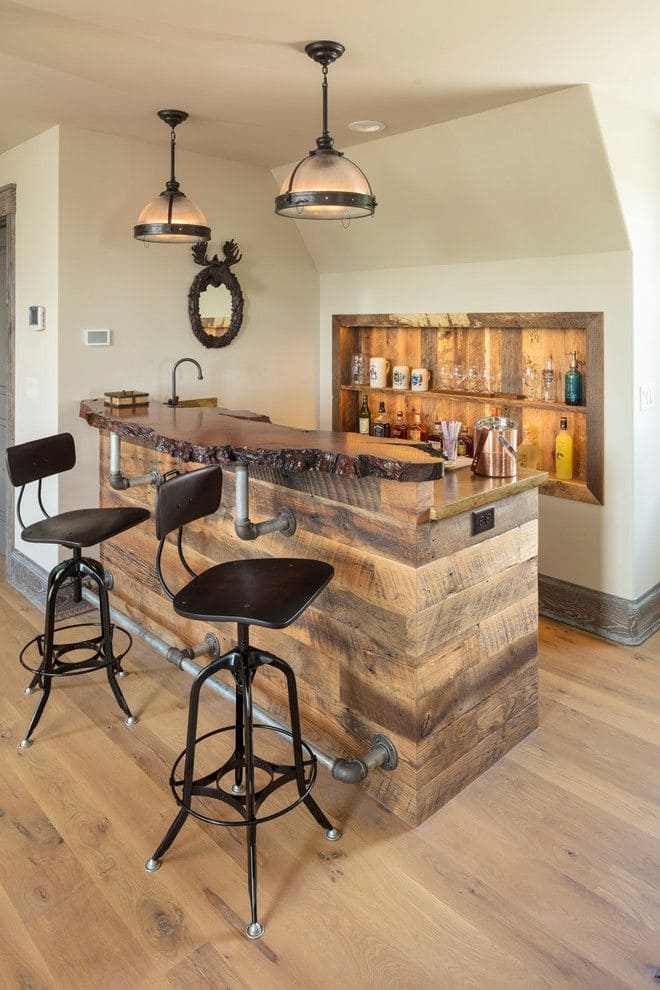Introduction:
A well-maintained and sturdy deck is not only a valuable addition to your home but also a space where you can relax and entertain. To ensure the longevity and structural integrity of your deck, it’s crucial to pay attention to details like deck flashing. In this comprehensive guide, we’ll walk you through the step-by-step process of installing deck flashing, explaining its importance, materials needed, and the tools required for the job.
Understanding Deck Flashing:
Deck flashing is a protective barrier installed between the deck and the house to prevent water infiltration and potential damage. It serves as a crucial element in safeguarding your investment by redirecting water away from vulnerable areas, such as ledger boards and joists. Without proper flashing, water can seep into these areas, leading to rot, decay, and structural compromise over time.
Materials Needed:
- Flashing Material: Choose a durable and corrosion-resistant flashing material, such as aluminum or galvanized steel. Ensure that the material is compatible with the other components of your deck.
- Fasteners: Stainless steel or galvanized screws and nails are ideal for securing the flashing in place. These materials resist rust and corrosion, ensuring a long-lasting installation.
- Sealant: A high-quality, outdoor-grade sealant will help create a watertight seal around the edges of the flashing, preventing water from infiltrating.
- Tape Measure and Marker: Accurate measurements are crucial for a precise installation. Use a tape measure and marker to mark the areas where the flashing will be installed.
- Utility Knife: A utility knife will be useful for cutting the flashing material to the required size and shape.
- Metal Snips: If you need to make intricate cuts or adjustments to the flashing, metal snips can be handy.
Installation Steps:
- Assess Your Deck: Begin by assessing your deck and identifying areas where flashing is needed. Focus on ledger boards, joists, and any other areas where water could potentially penetrate.
- Measure and Cut: Measure the length and width of the areas where you’ll be installing flashing. Use a marker to indicate the cutting lines and carefully cut the flashing material to the required size using a utility knife or metal snips.
- Install Ledger Board Flashing: If your deck is attach to the house, install ledger board flashing first. Slide the flashing up behind the siding, ensuring it extends over the top of the ledger board. Secure it in place using stainless steel or galvanized screws.
- Install Joist Flashing: Place joist flashing over the tops of the joists, ensuring it overlaps with the ledger board flashing. Secure it in place with screws, making sure it forms a continuous barrier.
- Seal the Edges: Apply a generous amount of outdoor-grade sealant along the edges of the flashing to create a watertight seal. This extra layer of protection will prevent water from seeping through any potential gaps.
- Repeat the Process: Repeat the installation process for all areas requiring flashing, including any additional spots you’ve identified during your initial assessment.
- Regular Maintenance: After installation, schedule regular inspections and maintenance to ensure the flashing remains intact and effective. Replace any damaged or worn-out flashing promptly to maintain optimal protection.
Conclusion:
Installing deck flashing is a critical step in preserving the structural integrity of your deck and preventing water-related damage. By following this comprehensive guide and investing the time and effort into proper installation, you’ll contribute to the longevity of your deck and enjoy a beautiful and resilient outdoor space for years to come. Remember, a well-protected deck is a sound investment in the value and enjoyment of your home.





